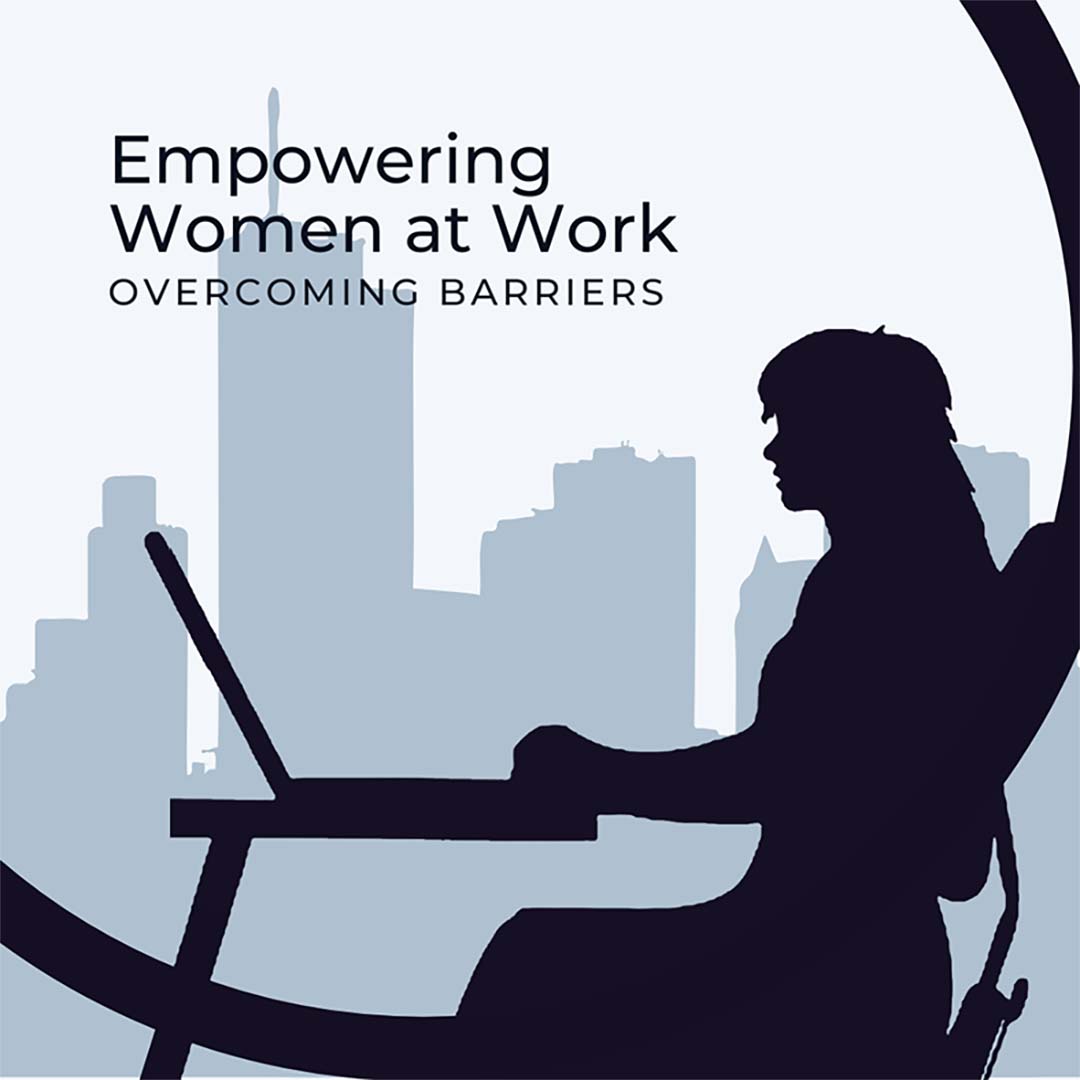CATEGORIES
#Women Empowerment #Work Culture #Young LeadersOverview:
- Women in the workplace are burdened by different challenges like gender bias and stereotypes that need to be addressed.
- Truly acknowledging women’s strength in the workforce means giving them enough opportunity to learn in their field of expertise.
- Empowering women to pursue their growth means paving the way for other generations of women to reach their full potential.
Women in the workplace often face persistent challenges that the organization overlooks. This results in discouragement in their career progression and overall satisfaction.

Impact of Empowering Women in the Workplace
Over the years, women have fought for their place in the workforce, challenging gender stereotypes, and gender biases. Now that we are in the 21st century, can we feel the impact that every brave woman has fought for? Does it feel like setbacks are always just around the corner? When women are empowered, it brings creativity and unstoppable growth in creating paths for other women to pursue their dreams.
Overview of the Current Challenges Women Face in the Workplace
Even with the laws protecting women in the workplace, can we truly say this is enough? Despite the legal measures we have this day, women still face different challenges in the name of equality and progression. That’s why companies should also focus on promoting gender equality in the workplace to ensure inclusivity can be nurtured. Here are some of the persistent challenges women face in the workforce.
Gender Pay Gap
The gender pay gap refers to the difference in earnings between men and women in the workforce. From the 2024 Gender Pay Gap Report of Payscale, discussed the uncontrolled and controlled gender pay gap. The uncontrolled gender pay gap means unequal opportunity and uneven distribution of employment for men and women. On the other hand, the controlled gender pay gap means “equal pay for equal work”. It involves comparing compensation between genders for identical jobs. From Payscale’s data, it showed that the uncontrolled gender pay gap as of 2024 is $0.83. This means that women as a whole earn 17% less than men. Controlled gender pay gap narrows to $0.99, indicating that women are still receiving less pay for the same work.
This data underscores the continued gender pay gap between men and women.
Sexual Harassment
On the other hand, the controlled gender pay gap means “equal pay for equal work”. This is the comparison of the compensation women get compared to men for the same jobs. From Payscale’s data, it showed that the uncontrolled gender pay gap as of 2024 is $0.83. This translates to women earning 17% less than men. Furthermore, according to University of Massachusetts Amherst, 99.8% of people who experienced sexual harassment don’t file formal charges.
This shows the need for further action to combat workplace sexual harassment and foster a zero-tolerance culture.
Exclusion in Male-Dominated Fields
Women in male-dominated fields, with 25% or less of the female workforce, face different challenges. The challenges women face are being denied career opportunities, lack of mentorship, and discrimination. Furthermore, subtle microaggressions or harassment can create a hostile work environment, discouraging women and can lead to leaving their field. That being said, this emphasizes the need for unconscious bias training and inclusive leadership training to help combat workplace discrimination and increase the representation of women in leadership.

Strategies: Creating a Fairer Environment for Women
Building a fairer work environment for women is crucial and this aspect shouldn’t be overlooked. Creating a safe space for women’s growth is not just for the employee’s benefits but also for the organization’s success. Here are some ways to empower women in the workplace
Creating a Women’s Leadership Network
Providing measures to empower women is the key to achieving diversity and inclusion that can foster encouragement in their careers. Options include open discussions, seminars, and career advancement programs providing women with support for their growth.
Providing Equal Pay and Benefits
Providing equal pay and benefits to women working with the same qualifications as men is significantly important. Addressing this matter is essential in giving a fair economic advantage to women and motivating them to pursue leadership positions.
Establish a Safe Space for Women to Feel Comfortable Expressing Themselves
Encouraging open communication among employees can help build morale, and promote diverse perspectives, and innovation in the workplace. Additionally, this can help employee retention and enhance teamwork.
Support Work-life Balance
Everyone needs work-life balance to avoid burnout, however, this is more challenging for women with childcare responsibilities. Organizations can offer work-life balance by having options for remote work, flexible time, parental leave, and employee wellness programs.
Conclusion
Empowering women in the workplace involves inclusivity to be considered in areas they can contribute. This also entails ending a cycle of women tolerating inequalities and minimizing their roles. Women have come so far, but these challenges discourage them and impact women and their overall progress. Addressing these challenges women face in the workplace can create a fairer workplace that enables progress for future generations.
FAQs:
Why is empowering women in the workplace important?
Empowering women in the workplace is important for diversity, inclusion and promotes equal opportunity to pursue professional growth.
What are some common challenges women face in the workforce?
Women face different challenges in the workforce such as the gender pay gap, sexual harassment and exclusion to male-dominated fields. These challenges can hinder their growth and can foster discouragement.
How can companies promote gender equality in the workplace?
Organizations and companies can promote inclusivity towards women by ensuring equal pay, providing opportunities to advance their careers and making sure that the work palace is a safe space for everyone.


